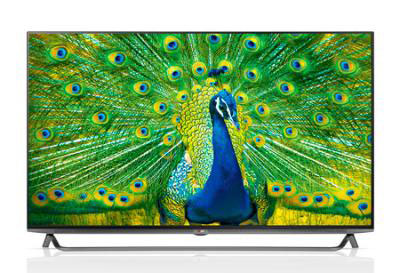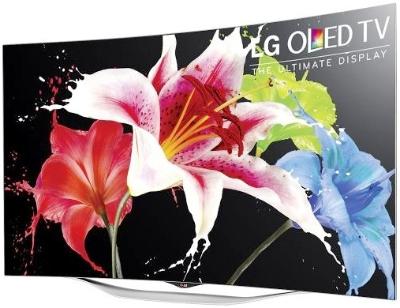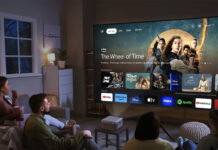 Contrast ratio is probably the single most important metric of a
Contrast ratio is probably the single most important metric of aHigh Definition TV (HDTV)’s performance. Basically, contrast ratio, black level (which we’ll also talk about in this article) and brightness are the major factors that determine any TV’s image, depth and detail quality. But unfortunately, contrast ratio is also the most misunderstood, misused and misleading specifications utilized by manufacturers for televisions today. The key to getting the best boob tube for your buck is to understand the complexities of contrast ratio, and just how to judge it for yourself.
Black Level
Before talking about contrast ratios, we’ve got to address black level, which is another often-misunderstood metric. As the name implies, black level measures the darkest image a display can produce. In a nutshell and in general, the darker the blacks are, the greater the appearance of depth and richness in the display’s image. And different display technologies (OLED, Plasma, LCD) produce black in different ways, and with different levels of success. Typically, Plasma TVs are better with black level as they use less power to “light” the phosphors, thereby producing darker scenes on screen. LCD/LEDs must “twist” the individual crystals in the LCD panel to fully closed to produce black, so they use more power. You’ll find a more in-depth explanation of the differences between the three types of HDTV here. But while many consumers get fixated on this specification when buying a new TV, black level without a good contrast ratio can result in some pretty terrible and washed-out picture quality.

What is Contrast Ratio?
Essentially, contrast ratio is the difference between the brightest image a TV can create and the darkest. A TV’s contrast ratio is usually presented in a format like 10,000:1, meaning there are 9,998 shades of gray (which sounds way kinkier than just 50 shades) between the darkest black and the brightest white that the TV will produce. And while that sounds pretty simple, the problem is there is no single standard by which contrast ratio is measured. That means manufacturers can use whatever method they like to come up with the contrast ratios of their TVs. More often than not, they use what’s called Dynamic Contrast Ratio to make these measurements, rather than the more realistic Native Contrast Ratio.
Dynamic vs Native Contrast Ratio
When you see a huge number quoted for a TV’s contrast ratio—say, like 5,000,000:1—it’s because they are measuring Dynamic Contrast Ratio, which can be derived any number of ways, including by taking measurements from a pixel when it is completely switched off, then comparing it to the pixel when it is lit to the maximum possible level of brightness. This certainly doesn’t represent the reality of what you’d see at home under normal viewing circumstances, which is why Native Contrast Ratio—white and black measurement from the same screen at the same time from the same source—is a more accurate depiction of what the display technology itself can do. Besides, unless you’re from Krypton, you can’t see beyond a 1,000:1 contrast ratio anyway. And our home viewing environment also plays a part in how we perceive the contrast. In a dark room without any light at all, you will still notice some light coming from a black screen on even the best HDTV, while even a small amount of ambient lighting in the same room can make that exact screen look completely black.

Black & White … or Gray Area?
So how can you—the consumer—find out what display has the best contrast ratio? Well, given that manufacturers can greatly inflate their contrast ratio specs, and that when you’re in a store the bright lighting – biased towards TVs with antireflective and/or antiglare screens – will likely throw off side-by-side comparisons; your best bet is to do some thorough online research. Before laying down any hard-earned cash, take the time to peruse some trusted reviews that cover contrast ratio and picture quality, like Tom’s post on the LG 55 Curved OLED Smart TV EC9300. Take into account your own viewing environment and habits (dark room vs lighted or sunlit room) and find out which brand and which type of TV performs best in which environment.
Until manufacturers find a standardized—and realistic—way to portray the very important metric of contrast ratio, consumers will need to trust the experts, and not necessarily the numbers.
Click here to read more in this series on TV features.



